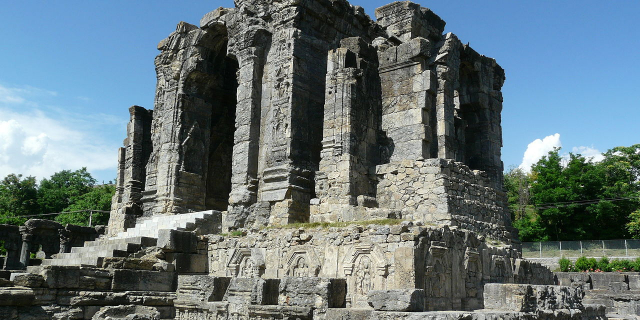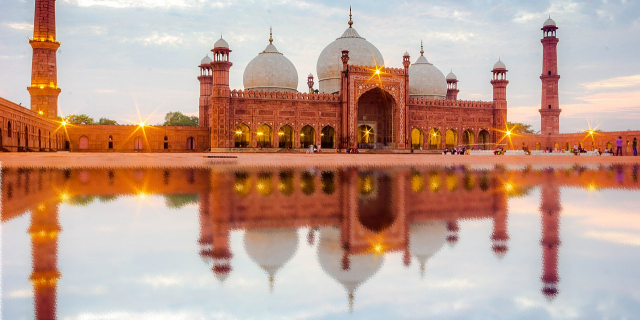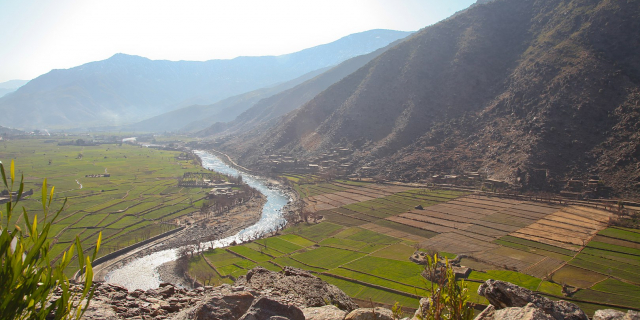Tajikistan
Context of Tajikistan
Tajikistan ( (listen), ; Tajik: Тоҷикистон, romanized: Tojikiston, pronounced [t̪ʰɔ̝ː.d͡ʒiː.kʰɪs.t̪ʰɔ̝ːn]; Russian: Таджикистан, romanized: Tadzhikistan), officially the Republic of Tajikistan (Tajik: Ҷумҳурии Тоҷикистон, romanized: Jumhurii Tojikiston), is a landlocked country in Central Asia. It has an area of 142,326 km2 (54,952 sq mi) and an estimated population of 9,750,065 people. Its capital and largest city is D...Read more
Tajikistan ( (listen), ; Tajik: Тоҷикистон, romanized: Tojikiston, pronounced [t̪ʰɔ̝ː.d͡ʒiː.kʰɪs.t̪ʰɔ̝ːn]; Russian: Таджикистан, romanized: Tadzhikistan), officially the Republic of Tajikistan (Tajik: Ҷумҳурии Тоҷикистон, romanized: Jumhurii Tojikiston), is a landlocked country in Central Asia. It has an area of 142,326 km2 (54,952 sq mi) and an estimated population of 9,750,065 people. Its capital and largest city is Dushanbe. It is bordered by Afghanistan to the south, Uzbekistan to the west, Kyrgyzstan to the north, and China to the east. It is separated narrowly from Pakistan by Afghanistan's Wakhan Corridor. The traditional homelands of the Tajiks include present-day Tajikistan as well as parts of Afghanistan and Uzbekistan.
The territory that now constitutes Tajikistan was previously home to several ancient cultures, including the city of Sarazm of the Neolithic and the Bronze Age and was later home to kingdoms ruled by people of different faiths and cultures, including the Oxus civilization, Andronovo culture, Buddhism, Nestorian Christianity, Hinduism, Zoroastrianism, Manichaeism, and Islam. The area has been ruled by numerous empires and dynasties, including the Achaemenid Empire, Sasanian Empire, Hephthalite Empire, Samanid Empire, and Mongol Empire. After being ruled by the Timurid Empire and Khanate of Bukhara, the Timurid Renaissance flourished. The region was later conquered by the Russian Empire and subsequently by the Soviet Union. Within the Soviet Union, the country's modern borders were drawn when it was part of Uzbekistan as an autonomous republic before becoming a full-fledged Soviet republic in 1929.
On 9 September 1991, Tajikistan declared itself an independent sovereign nation as the Soviet Union was disintegrating. A civil war was fought almost immediately after independence, lasting from May 1992 to June 1997. Since the end of the war, newly established political stability and foreign aid have allowed the country's economy to grow. The country has been led by President Emomali Rahmon since 1994, who rules an authoritarian regime. There is extensive corruption and widespread violations of human rights, including torture, arbitrary imprisonment, worsening political repression, and a lack of religious freedom and other civil liberties.
Tajikistan is a presidential republic consisting of four provinces. Most of Tajikistan's population belongs to the Tajik ethnic group, who speak the Tajik language — the first official language — making it one of the three Persian speaking countries alongside Afghanistan and Iran. Russian is used as the official inter-ethnic language. While the state is constitutionally secular, Islam is nominally adhered to by 96% of the population. In the Gorno-Badakhshan oblast, despite its sparse population, there is large linguistic diversity where Rushani, Shughni, Ishkashimi, Wakhi and Tajik are some of the languages spoken. Mountains cover more than 90% of the country. It is a developing country with a transitional economy that is highly dependent on remittances, aluminium and cotton production. Tajikistan is a member of the United Nations, CIS, OSCE, OIC, ECO, SCO, and CSTO as well as a NATO PfP partner.






























